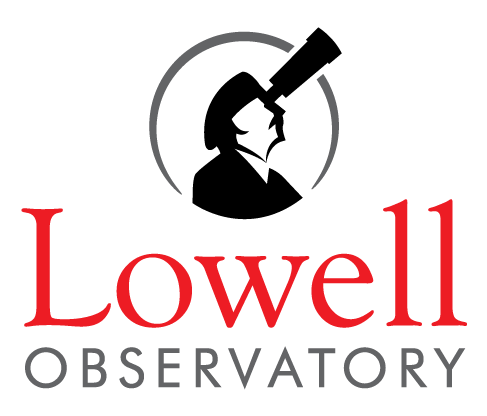Context. Type Ia supernovae (SNe Ia) are useful distance indicators in cosmology, provided their luminosity is standardized by applying empirical corrections based on light-curve properties. One factor behind these corrections is dust extinction, which is accounted for in the color-luminosity relation of the standardization. This relation is usually assumed to be universal, which can potentially introduce systematics into the standardization. The "mass step" observed for SN Ia Hubble residuals has been suggested as one such systematic.
Aims: We seek to obtain a more complete view of dust attenuation properties for a sample of 162 SN Ia host galaxies and to probe their link to the mass step.
Methods: We inferred attenuation laws toward hosts from both global and local (4 kpc) Dark Energy Survey photometry and composite stellar population model fits.
Results: We recovered a relation between the optical depth and the attenuation slope, best explained by differing star-to-dust geometry for different galaxy orientations, which is significantly different from the optical depth and extinction slope relation observed directly for SNe. We obtain a large variation of attenuation slopes and confirm these change with host properties, such as the stellar mass and age, meaning a universal SN Ia correction should ideally not be assumed. Analyzing the cosmological standardization, we find evidence for a mass step and a two-dimensional "dust step", both more pronounced for red SNe. Although comparable, the two steps are not found to be completely analogous.
Conclusions: We conclude that host galaxy dust data cannot fully account for the mass step, using either an alternative SN standardization with extinction proxied by host attenuation or a dust-step approach. DES-2022-069. FERMILAB-PUB-22-760-PPD. The DES-SN host galaxy photometric data and corresponding SN light-curve parameters are available as part of the DES3YR data release, accessible at https://www.darkenergysurvey.org/des-year-3-supernova-cosmology-results/. Cornerplots and SED fit plots for the host galaxies can be found at https://github.com/SN-CRISP/DES-SN_Host-Galaxies
